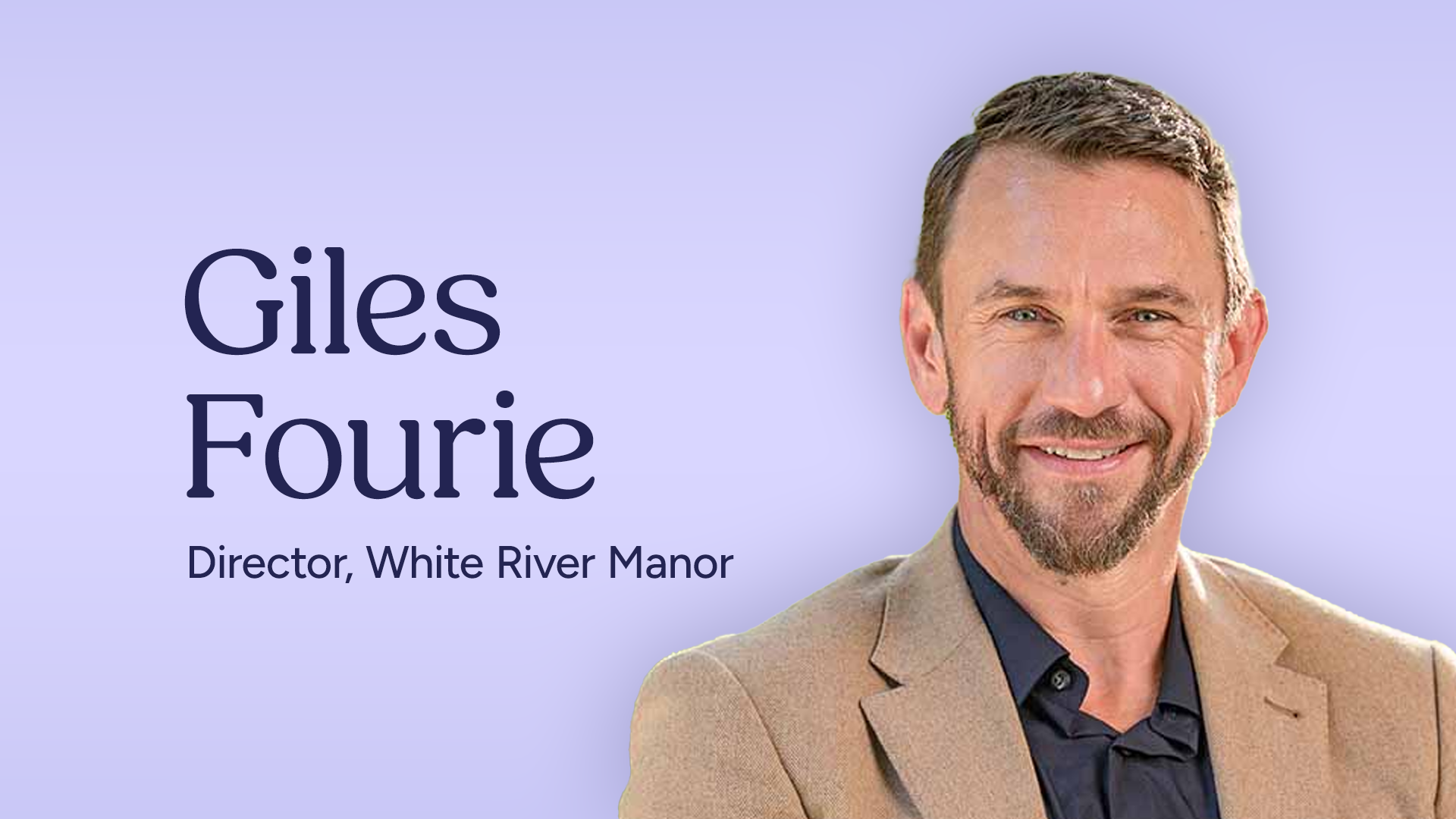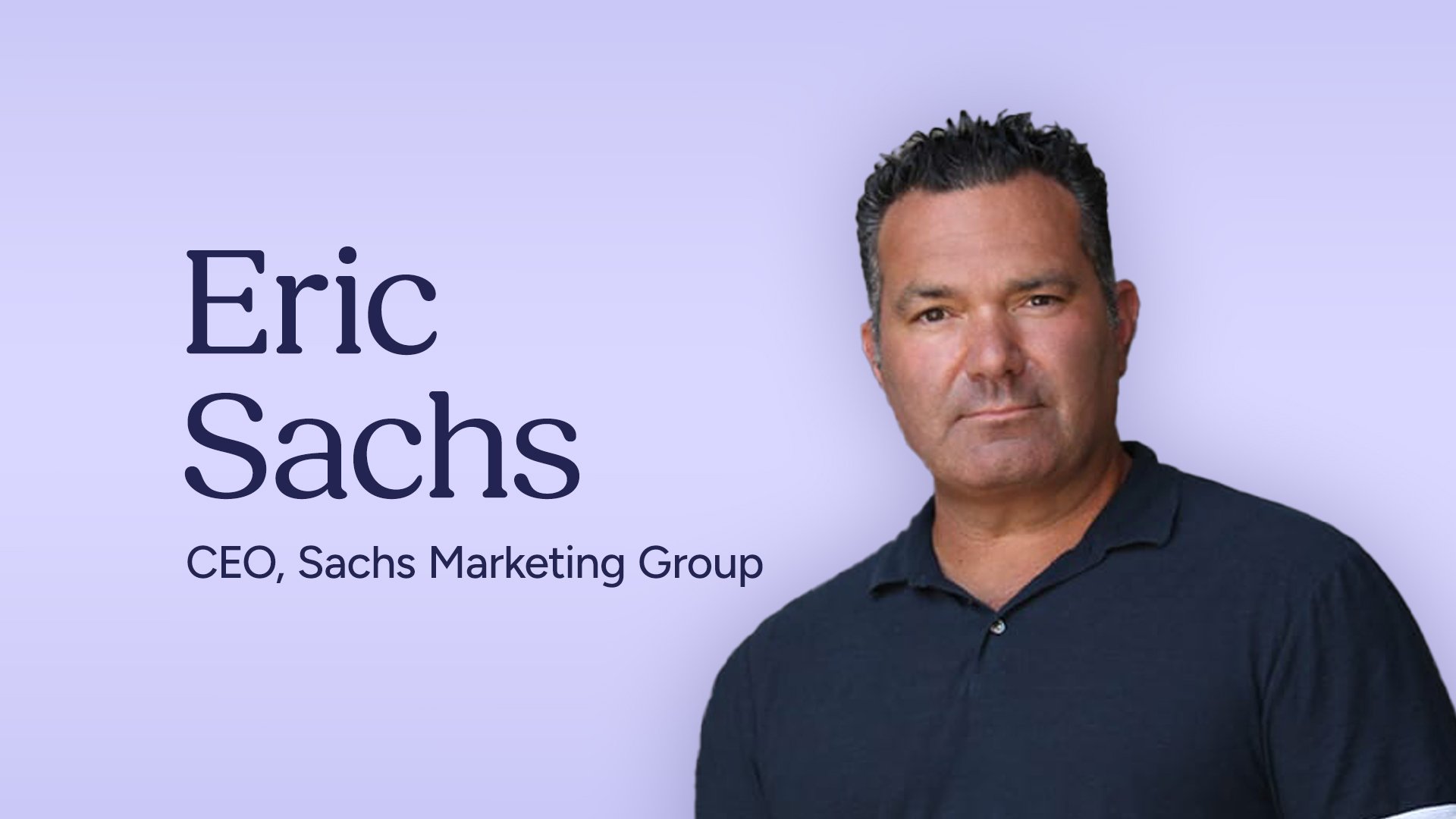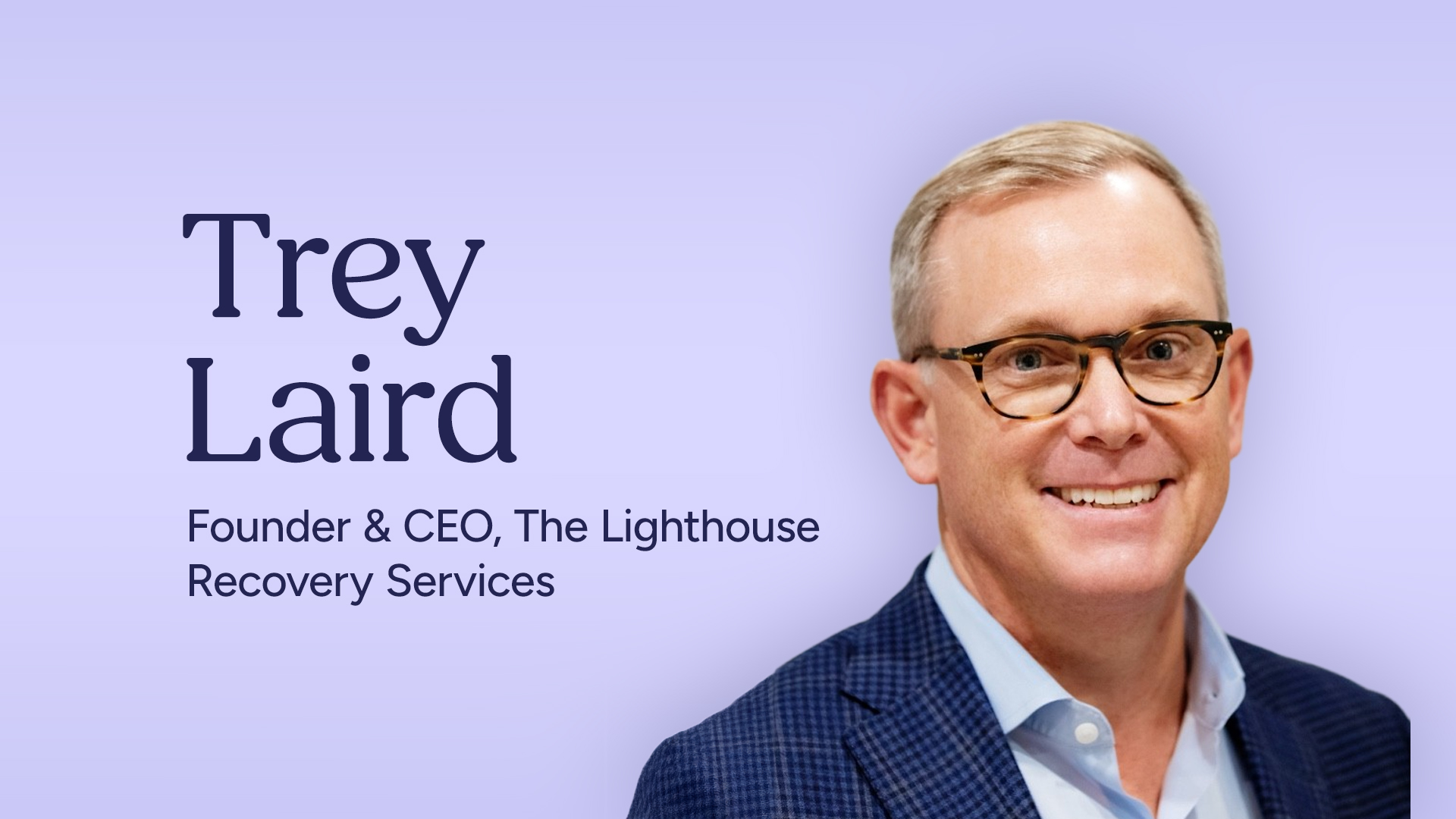7 Ways Treatment Centers Can Truly Differentiate Themselves
If you’ve looked at treatment center websites lately, you’ve probably noticed a trend: they all sound the same. Individualized
treatment plans. Evidence-based therapies. A healing environment.
But are those really differentiators—or just table stakes?
In a recent conversation with Jen Carvalho, CEO of The Haven at College, she explained why true differentiation in behavioral health comes from the inside out. With over 20 years of executive leadership and her own lived experience in recovery, Jen has seen firsthand what separates centers that thrive from those that blend into the background.
Here are her seven keys to authentic differentiation.
1. Stop Focusing on the Shiny Exterior
A beautiful facility and glossy marketing pitch may grab attention—but they don’t change lives.
“I see a lot of really shiny websites these days… They want to talk about how beautiful their facilities are, how they have executive-level care or lush surroundings. That’s amazing, but what really creates differentiation is what you can offer in the treatment setting.” – Jen Carvalho
Clients aren’t choosing treatment because of the décor. They’re choosing it because they want healing. The true differentiators are clinical philosophy, team expertise, and the quality of care delivered every day.
2. Elevate Your Team as the Heroes
Your staff are your brand. Not just the clinicians—but the behavioral techs who do rounds at 2 a.m., the chef who creates healing meals, the admissions counselor answering calls, and the drivers transporting clients safely.
“Our team is our number one resource. They are defining our culture. They are the ones who are actually helping promote the healing in another human being. We should be elevating them, honoring them, and sharing with a potential client all that they need to know when making a decision.” – Jen Carvalho
Practical takeaway:
-
Showcase staff bios and credentials on your website.
-
Use video to highlight their roles in the client journey.
-
Recognize every role, not just leadership or clinicians.
When clients see real humans behind the care, trust builds.
3. Close the Gap Between Marketing and Clinical
Many treatment centers unintentionally create a disconnect between what’s promised online and what’s delivered in person.
“If we have marketing out there talking about a clinical service that doesn’t resonate with our own team, there’s a real disconnect. I’ve even battled with marketing directors about this. We need regular communication between departments so that what’s being advertised aligns with what’s being delivered.” – Jen Carvalho
The solution? Foster constant dialogue between marketing and clinical teams. Invite marketers to sit in on groups, shadow clinicians, and truly understand the philosophy. That way, your messaging is authentic—and clients get what they were promised.
4. Address the Turnover Crisis with Culture, Not Just Pay
Turnover in behavioral health hovers around 35–40%, and sometimes higher. It’s one of the biggest challenges to continuity of care.
Why? Burnout, long hours, emotionally charged environments, and limited career advancement.
“People leave their heart and soul at work every day. It’s incredibly taxing on a personal level. Burnout is a significant issue in our industry and one that we’re wrestling with as leaders to find ways to mitigate.” – Jen Carvalho
Jen’s approach is culture-driven:
-
Provide clear paths for professional development.
-
Create ownership and engagement.
-
Recognize staff not just with money, but with appreciation, flexibility, and respect.
Retention isn’t about perks—it’s about building a workplace where people feel valued.
5. Lean Into Your Niche—Don’t Run From It
Many centers resist “niching down” because they fear losing clients. In reality, casting a wide net often makes you invisible.
The Haven has stayed true to one group: college students.
“I actually think we’ve just stayed steadily niche. Everyone else is trying to be all things to everybody. The reality is, we need to lean into where we’re needed and where we find success. For us, that’s college students. They need flexible scheduling, practitioners who understand their challenges, and a program built around their unique pressures.” – Jen Carvalho
When you serve everyone, you stand for nothing. When you serve a specific group deeply and intentionally, you become the obvious choice for them.
6. Showcase Passion-Driven Clinical Specialties
Your people’s passion is one of your biggest assets.
Jen shared a story about a trauma-focused clinician at Casa Palmera who refused to run any group that wasn’t her specialty. She was difficult to schedule, but her impact on clients was undeniable.
“They left with magic in their eyes because of the work she was doing. I would rearrange the world to make sure she had time with those patients because she was so good at what she did.” – Jen Carvalho
Supporting clinicians in pursuing their passions leads to better client outcomes and more authentic differentiation. Highlight these stories in your marketing—clients connect with them far more than bullet points about amenities.
7. Lead With Vision, Not Just KPIs
Spreadsheets and profitability have their place, but culture is built on vision.
“As leaders, we are tasked with creating a vision and giving people the resources to help that vision become reality. It’s up to us to create a culture that empowers, that invites our teams to be the very best they can be. KPIs will follow when we focus on the humans first.” – Jen Carvalho
Authentic leadership means:
-
Listening to staff and removing bottlenecks.
-
Remaining humble and teachable, just as clients are when they come to care.
-
Seeing people as humans, not just “resources.”
When staff feel supported, they give their best selves to clients—and that’s the most powerful differentiator of all.
Final Thoughts
Differentiation in behavioral health isn’t about amenities or slogans—it’s about authenticity.
As Jen reminds us:
“Be really confident about what you’re doing. Own the differentiation being made in your center, and speak loudly about it. Don’t highlight the washer and dryer. Highlight the clinician whose passion is changing lives.”
If your staff can’t confidently name the top three to five things that make your center different, then you have work to do. The good news? By investing in your team, leaning into your niche, and telling real human stories, you’ll stand out in a sea of sameness—and clients will find the care they truly need.

 By
By


